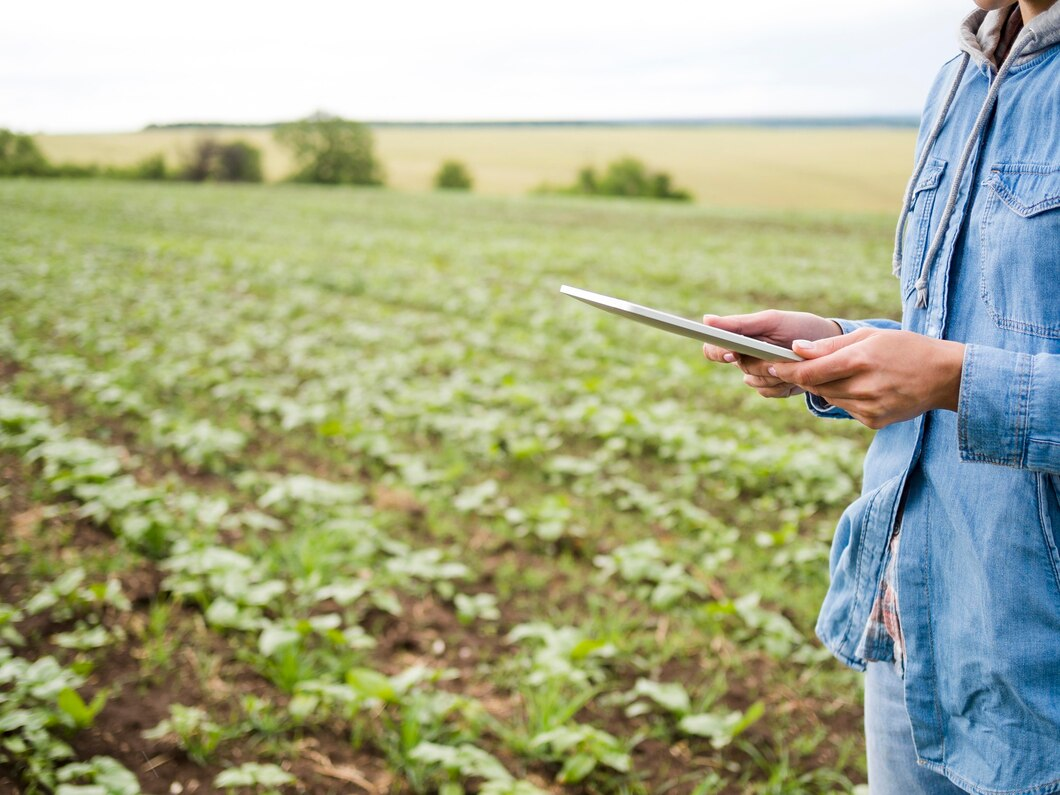
In an era marked by market volatility, inflationary pressures, and global economic shifts, investors are increasingly seeking assets that offer both stability and growth potential. One asset class that has stood the test of time—yet remains underutilized by mainstream investors—is farm land investment.
Unlike urban real estate or stocks, which are often susceptible to economic cycles and speculation, farmland investment offers a resilient alternative. It blends consistent income generation with capital appreciation and acts as a natural hedge against inflation. As food demand rises globally due to population growth and climate changes, farmland's strategic importance—and its value—is only expected to increase.
Whether you're a first-time investor exploring ways to diversify your portfolio or a seasoned investor searching for tangible, long-term assets, this comprehensive guide will walk you through the fundamentals, benefits, legal concerns, and strategies associated with farm land investment.
What is Farm Land Investment?
Farm land investment is the practice of purchasing and managing agricultural land to generate income or grow capital over time. It’s a distinct branch of real estate investing that focuses on productive land used for growing crops or raising livestock.
There are several ways investors earn from farmland:
- Lease income from farmers: Landowners lease out the land to farmers for annual rent payments, often structured as fixed cash leases or flexible crop-share agreements.
- Appreciation in land value over time: High-quality farmland tends to increase in value, especially in regions with strong water access, fertile soil, and crop productivity.
- Direct farming or crop share agreements: Some investors operate their own farms or enter revenue-sharing arrangements, which allow them to share in the profits from crop sales.
- Tax benefits and subsidies: Many governments offer tax breaks, subsidies, or conservation incentives to encourage farmland ownership and sustainable use.
Unlike residential or commercial property, farmland produces biological assets—such as corn, wheat, soybeans, cattle, or dairy—that hold intrinsic economic value. These outputs are essential, not discretionary, making farmland less vulnerable to consumer-driven downturns. This stability makes farm land investment a more grounded and sustainable income-generating option, even in volatile markets.
Why Invest in Farmland?
Farm land investment has gained traction among savvy investors—and for good reason. It offers a rare combination of steady returns, real-world utility, and long-term growth potential that few other asset classes can match.
1. Stable Returns and Inflation Protection
Farmland has historically delivered reliable returns, even during times of economic instability. Because food is a basic human need, demand remains steady regardless of broader market trends. This makes farmland a natural inflation hedge—when prices rise, so do the values of crops and the land that produces them.
2. Tangible and Finite Asset
Unlike stocks or digital assets, farmland is something you can see and touch. It’s a real, physical resource that doesn’t vanish with a market crash. What makes it even more valuable is its scarcity—there’s only so much arable land on the planet, and as populations grow and urbanization expands, that supply becomes even more limited.
3. Consistent Passive Income
One of the biggest draws of farm land investment is the opportunity to generate passive income. By leasing the land to farmers or entering crop-share agreements, investors can earn a steady income year after year without needing to manage day-to-day operations. Many investors hire farm managers or partner with established agricultural operators to handle logistics.
4. Tax Incentives and Financial Perks
In many regions, owning farmland comes with attractive tax benefits. These may include reduced property taxes for agricultural use, capital gains tax exemptions under specific programs, or deductions for conservation efforts. These incentives can significantly improve your overall return on investment.
5. Alignment with ESG and Sustainable Values
If you’re focused on environmentally and socially responsible investing, farmland offers a unique opportunity. Supporting sustainable farming practices, preserving ecosystems, and contributing to local food systems are all ways to generate returns while promoting positive environmental and community outcomes.
Types of Farm Land Investment
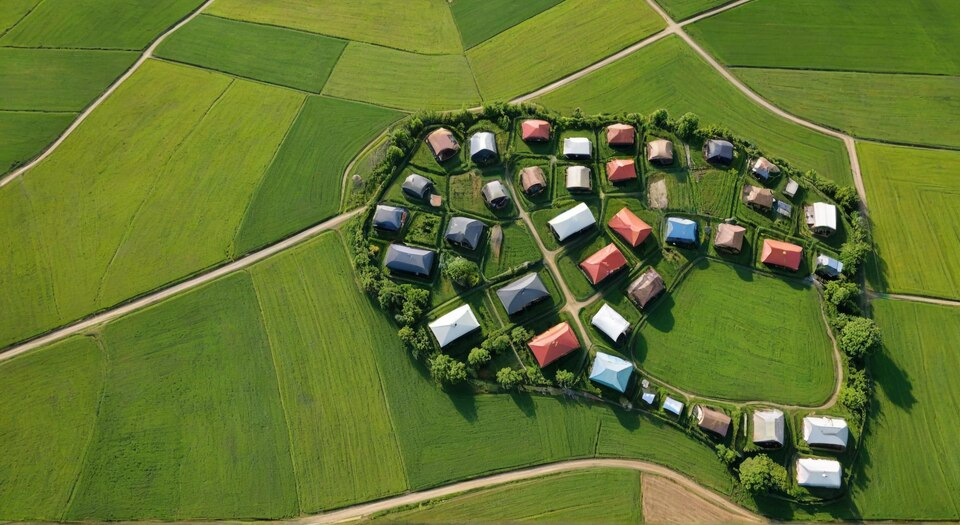
When exploring farm land investment, it's important to understand the different types of agricultural assets available. Each type carries its own risk profile, management intensity, and potential return. Choosing the right kind depends on your financial goals, risk tolerance, and interest in farming operations.
1. Row Crop Farms
Row crop farms are among the most common entry points for farmland investors. These properties produce staple crops such as corn, soybeans, wheat, and cotton, which are essential to the global food supply chain.
- Pros: Predictable income, well-established markets, and easier to lease
- Ideal for: First-time investors seeking steady cash flow and lower operational complexity
2. Permanent Crop Farms
These farms cultivate perennial crops like almonds, pistachios, citrus fruits, olives, and vineyards. Unlike annual row crops, permanent crops involve longer timelines and greater upfront investment, but they can produce higher long-term returns.
- Pros: Strong export demand, premium pricing, higher ROI over time
- Ideal for: Experienced investors with longer investment horizons and interest in specialty agriculture
3. Livestock Farms
Grazing land for cattle, dairy operations, sheep, or poultry offers a different kind of investment opportunity. These farms generate revenue from meat, milk, eggs, wool, and breeding stock sales.
- Pros: Multiple income streams, resilient demand for animal protein
- Ideal for: Investors looking to diversify beyond crops and comfortable with animal-based operations
4. Specialty Farms
This category includes organic farms, flower farms, nurseries, or those growing medicinal and herbal plants like hemp or lavender. Specialty farms often operate in niche markets with dedicated buyer bases and premium prices.
- Pros: Higher margins, brand-building potential, alignment with ESG/organic trends
- Ideal for: Investors with a passion for sustainability or access to specialty supply chains
How to Start Investing in Farm Land
Getting started with farm land investment doesn’t require being a full-time farmer. With proper planning and due diligence, you can build a profitable agricultural portfolio that suits your goals and lifestyle. Here’s a step-by-step roadmap:
Step 1: Define Your Investment Goals
Start by clarifying your objectives. Are you:
- Seeking passive income through leasing?
- Targeting capital appreciation over time?
- Looking to diversify from volatile assets like stocks?
Your goals will help determine the most suitable investment method—whether that’s direct ownership, crowdfunding, or farmland REITs.
Step 2: Choose a Location
Location is everything in farmland. The value, productivity, and risk of agricultural land can vary dramatically by region.
In the United States, some of the best farmland states include:
- Iowa: Known for its rich soil and corn production
- Illinois: High-yielding corn and soybean fields
- California: Leading producer of fruits, nuts, and vegetables
- Nebraska: Strong row crop and livestock operations
- Texas: Diverse crops and significant cattle ranching
On a global scale, countries like Brazil, Australia, New Zealand, and parts of sub-Saharan Africa are attracting foreign investors due to their vast arable land and favorable climates.
Step 3: Decide on Ownership Structure
Depending on your capital and involvement preference, you can choose from several structures:
- Direct Ownership: Buy farmland outright and lease it or farm it yourself.
- Farmland REITs: Invest in shares of companies that own or manage farmland. Publicly traded, highly liquid.
- Crowdfunding Platforms: Join other investors to purchase fractional shares in farmland projects.
- Farm Syndicates: Partner with a small group of investors to purchase and manage land together.
Each option has trade-offs in terms of control, return, risk, and effort.
Step 4: Perform Due Diligence
Before purchasing any farmland, conduct thorough due diligence. Key factors to evaluate include:
- Soil quality and fertility (request a soil test)
- Water access and irrigation rights
- Zoning laws and permitted uses
- Historical crop yields and productivity
- Land topography and drainage
- Proximity to roads, markets, and labor
- Title clarity and property boundaries
Hire an agronomist, land appraiser, and real estate attorney if needed to avoid legal or financial pitfalls.
Step 5: Secure Financing
Farmland is typically more affordable per acre than urban property, but still requires a sizable investment. If not buying with cash, consider:
- Agricultural loans from banks or credit unions
- Farm Credit System lenders (U.S. only)
- Owner financing arrangements
- USDA programs supporting beginning or conservation-minded farmers
Compare interest rates, repayment terms, and eligibility requirements. Some lenders specialize in agricultural investments and can offer more favorable terms than traditional mortgages.
Managing Farm Land Investments
While farm land investment offers the potential for passive income, it is by no means a “set-it-and-forget-it” asset. Proper management is essential to preserve land value, maintain tenant relationships, and ensure ongoing productivity.
Essential Aspects of Farmland Management
- Property Maintenance: Regular upkeep is crucial. This includes maintaining fences, irrigation systems, drainage infrastructure, and preventing erosion.
- Lease Oversight: Whether you're leasing to a single operator or multiple tenants, it’s important to monitor lease agreements, rent collection, and ensure compliance with terms.
- Crop Rotation and Land Use: Staying aware of how the land is used—particularly with regard to crop rotation and soil health—ensures long-term productivity and sustainability.
- Insurance Coverage: Agricultural properties are susceptible to weather-related risks like floods, droughts, hail, or wildfires. Proper insurance mitigates financial loss from these events.
Many investors choose to hire a farm manager or property management firm with agricultural expertise. These professionals can handle everything from tenant screening and lease structuring to seasonal planning and resource allocation—making it truly hands-off for the investor.
Risks and Challenges of Farm Land Investment
Like any investment, farm land investment is not without its share of challenges. Understanding these risks in advance will help you create strategies to manage them effectively.
1. Weather and Climate Variability
Agriculture is deeply affected by the environment. Extreme weather events—such as droughts, floods, hurricanes, and early frosts—can drastically reduce crop yields and delay harvests. Long-term climate change may also shift growing zones, affecting future land viability.
2. Market Price Volatility
Commodity prices can fluctuate due to global supply and demand dynamics, trade disputes, inflation, or even pandemics. For example, a sudden dip in corn or soybean prices can directly impact your lease income or crop share profits.
3. Regulatory and Policy Risks
Governments regulate farming through subsidies, import/export controls, and environmental standards. A change in local or national agricultural policy could alter your financial projections—especially in regions with significant subsidy reliance.
4. Illiquidity
Unlike stocks or mutual funds, farmland is not easily sold on short notice. Finding the right buyer, navigating land appraisals, and closing the deal can take months. This makes farmland a better fit for long-term investment horizons.
Legal Considerations in Farm Land Investment
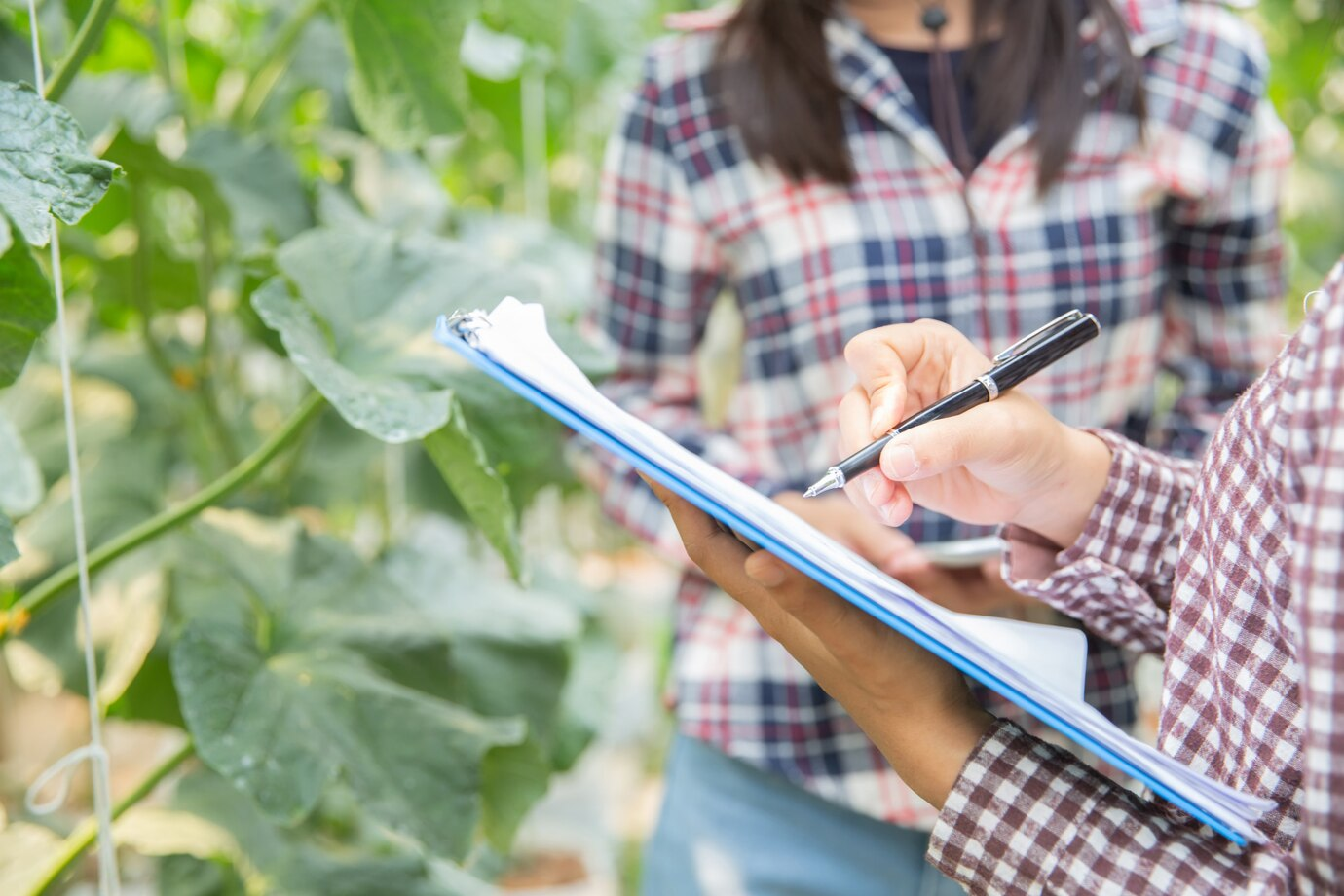
Due diligence doesn’t stop at soil tests and financial projections. There are several legal aspects to consider when acquiring or managing farmland.
1. Land Title and Ownership Verification
Before purchasing, ensure the property has a clear and transferable title. Issues like uncleared liens, inheritance disputes, or vague boundary lines can result in costly legal delays. Always conduct a title search and obtain title insurance.
2. Lease Agreements
If you're leasing your land, a well-drafted lease agreement is crucial. It should include:
- Rent amount and payment schedule
- Permitted land uses (e.g., crop types or livestock)
- Responsibilities for repairs and improvements
- Provisions for early termination and conflict resolution
Written leases provide legal protection and clarity for both parties.
3. Zoning and Land Use Regulations
Make sure the land is zoned for agricultural use and that your intended activities—whether farming, leasing, or conservation—are permitted. Some areas restrict the use of pesticides, limit livestock density, or ban certain crops altogether.
4. Environmental Compliance
Depending on location, you may be subject to regulations related to:
- Pesticide and herbicide application
- Fertilizer runoff and water quality
- Endangered species protection
- Irrigation and water usage limits
Non-compliance can lead to fines or the loss of operational licenses, so it's important to understand and follow all local and federal environmental laws.
Growth Strategies to Maximize Returns
Once you’ve secured your farm land investment, the next step is to optimize its profitability. Smart investors don't just hold land—they actively seek ways to increase its productivity, value, and versatility. Below are key strategies to help you enhance returns and build long-term wealth.
1. Value-Add Improvements
Upgrading your farmland with strategic infrastructure can significantly raise its productivity and market value. Common improvements include:
- Installing irrigation systems for year-round crop reliability
- Building fencing to support livestock or protect crops
- Implementing drainage solutions to prevent erosion and flooding
These enhancements not only improve operational efficiency but also make the land more attractive to tenants or buyers in the future.
2. Switching to High-Value Crops
Traditional row crops like corn or wheat offer stability, but high-value crops can offer better margins. Consider shifting to:
- Organic produce, which commands premium prices
- Berries, herbs, or exotic fruits, where niche demand exceeds supply
- Viticulture (grapes for winemaking), which thrives in select climates
Before transitioning, conduct thorough market research and assess the climate suitability and infrastructure needs for your chosen crops.
3. Agritourism & Diversification
Increasingly, farm owners are embracing agritourism—turning their property into a destination for recreation and learning. Income streams can include:
- Guided farm tours and pick-your-own operations
- Hosting weddings, events, or farm-to-table dinners
- On-site workshops, lodging, or glamping setups
Additionally, leasing unused land for solar panels or bee farming can diversify your income without disrupting core operations.
4. Use of Technology
Modern farming has embraced AgTech (agricultural technology) to maximize efficiency and yield. Consider investing in:
- Precision agriculture tools for optimal seeding, irrigation, and fertilization
- Drones for crop monitoring and field surveying
- Smart irrigation systems that conserve water and reduce labor
These technologies can lower input costs and minimize risks, helping you stay competitive in a changing agricultural landscape.
The Unique Value of Farm Land Investment
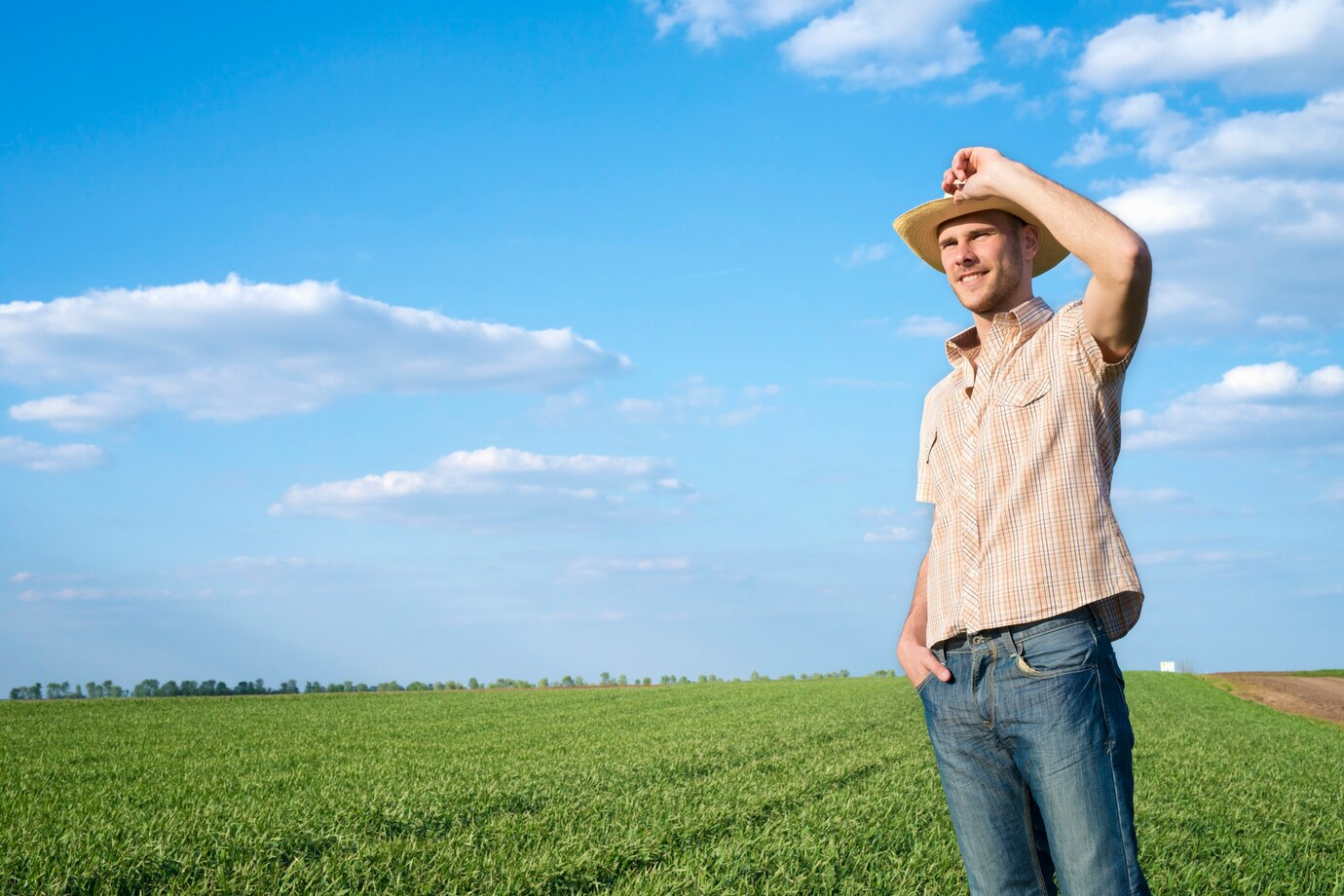
In today’s unpredictable economic environment, farm land investment stands out as a uniquely stable and rewarding asset class. It offers a rare combination of tangible value, passive income, and long-term appreciation, making it attractive to both conservative and growth-focused investors.
Whether you’re seeking diversification, legacy wealth, or alignment with sustainable values, farmland offers an investment you can literally put your hands on. With the right mix of due diligence, management, and innovation, your farmland portfolio can yield much more than crops—it can secure financial resilience and generational prosperity.

Get a no-obligation offer in just a few minutes.

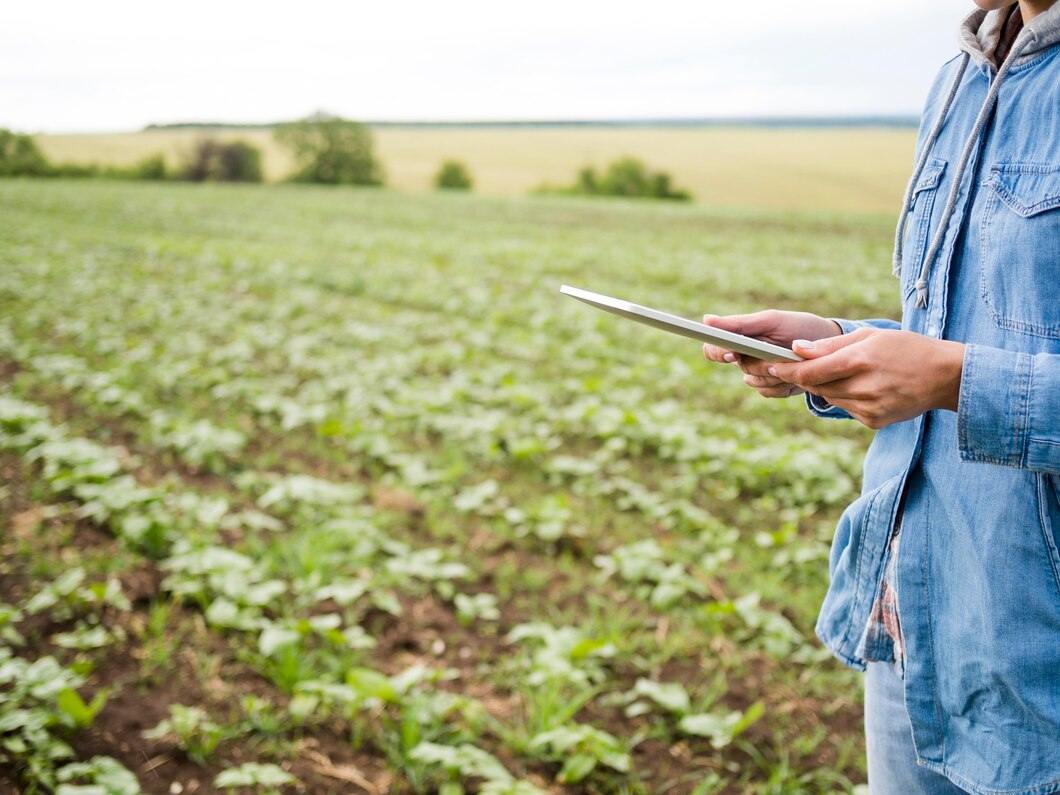



.webp)




.webp)
